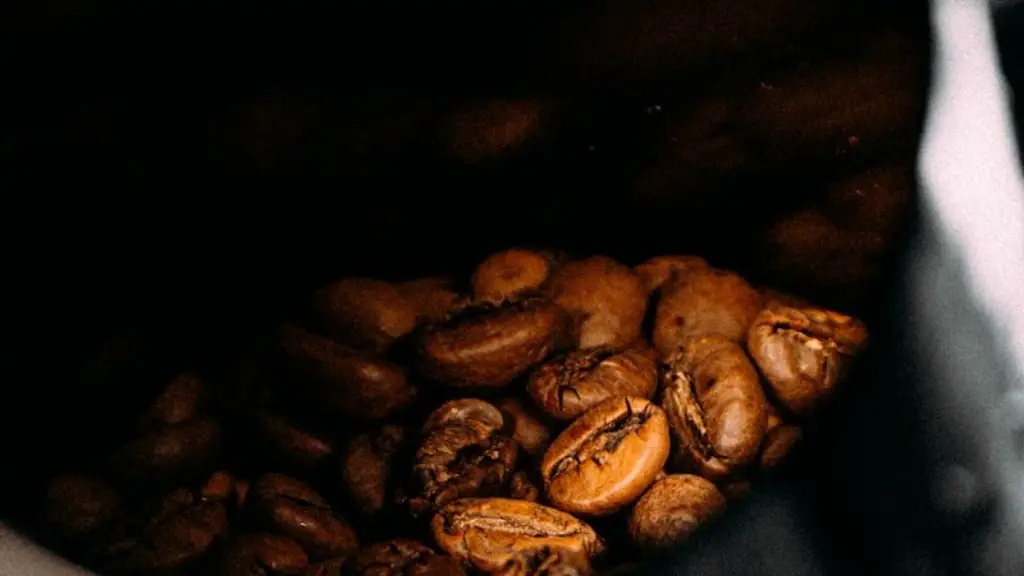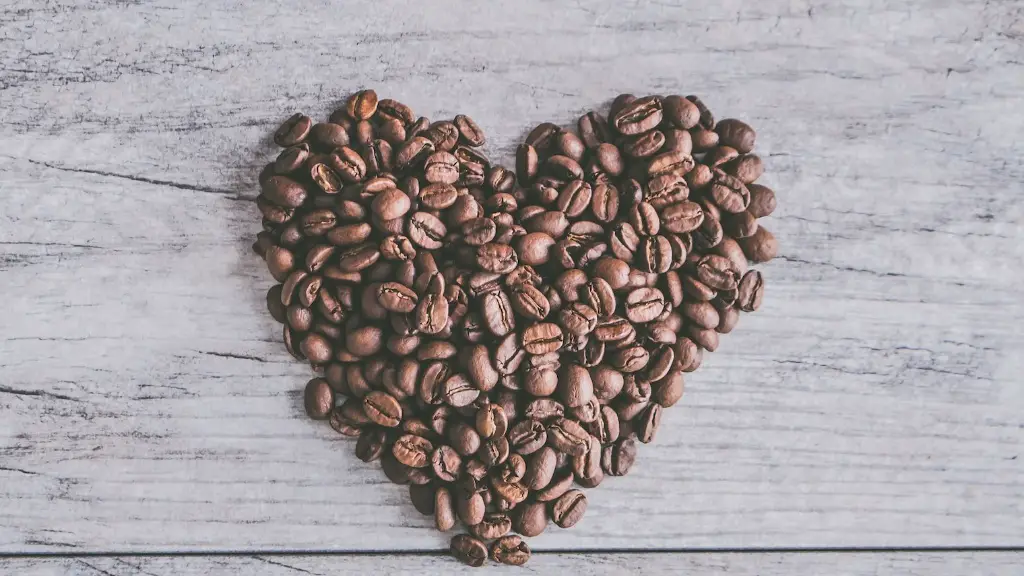Overview of Different Coffee Drinks
Coffee is one of the most popular drinks in the world, and yet many of us don’t really know the difference between various coffee drinks. The amount of caffeine in a cup of coffee can vary depending on the type of coffee, the size of the cup and the brewing method used. In this article, we’ll take a look at which coffee drink has the least caffeine and which one has the most.
Brewed Coffee
Brewed coffee is the most common way to make coffee and one of the oldest methods. Hot water is poured over grounds of roasted coffee beans, which are then left to steep before filtering it into a cup or pot. Brewed coffee usually contains the most caffeine compared to other coffee drinks. An 8-ounce cup of brewed coffee can contain up to 95mg of caffeine.
Espresso
Espresso is a coffee drink made by forcing hot water through coffee grounds at high pressure. An espresso shot is usually around 1-2 ounces and can contain up to 64mg of caffeine. Espresso is often served as the base for many coffee drinks, including cappuccino and latte.
Instant Coffee
Instant coffee is a type of coffee made from dried coffee extract, which has been brewed and dried into granules. All you need to do is add hot water and stir. A cup of instant coffee can contain up to 63mg of caffeine.
Cappuccino
Cappuccino is a popular espresso-based coffee drink made with dark, foamy milk and espresso. A cappuccino usually consists of one third espresso, one third steamed milk and one third foam. It usually contains up to 63mg of caffeine.
Latte
A latte is also an espresso-based drink, but it consists of more steamed milk than a cappuccino. Lattes usually contain one-third espresso and two-thirds steamed milk, occasionally topped with foam. They can contain up to 47mg of caffeine per cup.
Cold Brew Coffee
Cold brew coffee is a method of making coffee using cold water instead of hot. Cold brewed coffee is usually left to steep for an extended period of time, usually at least 8 hours but up to 24 hours. Cold brew usually contains less caffeine than other coffee drinks, at around 40 to 45mg of caffeine per 8-ounce cup.
Doppio
Doppio is an espresso drink that consists of two shots of espresso. It usually contains up to 64mg of caffeine, but it is often served with steamed milk or other ingredients, which will reduce the caffeine content.
Conclusion
It is clear that the amount of caffeine in each type of coffee drink can vary depending on the ingredients and the brewing method used. Of all the coffee drinks, cold brew has the least caffeine, followed by latte, cappuccino, instant coffee, espresso and brewed coffee, which has the most. It is important to keep in mind that the amount of caffeine in a single cup of coffee can vary greatly, depending on the size of the cup, the type of beans and the brewing method used.
Background on Coffee Processing and Production
Coffee production is a complex process which involves harvesting, de-pulping, fermenting, washing and drying the coffee beans. Different coffee varieties can have different levels of caffeine, depending on the type of bean, harvesting approach and the roasting process. The beans can be dark roasted or light roasted and the size of the roast can also have an impact on the caffeine content.
Nutritional Facts About Different Coffee Drinks
As far as caffeine content goes, espresso has the highest levels of caffeine, followed by brewed coffee and then cappuccino, latte, instant coffee and cold brew, which has the lowest. However, it is important to note that the nutritional content of coffee drinks will vary depending on the type of milk and syrup added. For example, a latte made with non-fat milk will generally contain fewer calories than one made with whole milk, and a mocha with chocolate syrup will be higher in fat and sugar than a regular latte.
Potential Health Benefits and Risks Related to Caffeine Intake
Caffeine is a stimulant that can have both positive and negative effects on health. It is believed to have some benefits, such as increasing alertness and concentration, preventing cognitive decline and reducing the risk of certain diseases, such as diabetes. However, too much caffeine can lead to insomnia, anxiety, elevated blood pressure and other health problems. It is important to note that while many coffee drinks may have a low caffeine content, the amount of caffeine can still vary quite a bit depending on the type of coffee and the brewing method used, so it’s important to be aware of the effects that different amounts of caffeine can have on your body.
Sustainability of Coffee Production
Coffee production is an important economic activity in many countries, providing income and employment. However, irresponsible coffee production practices can lead to environmental problems, such as water pollution and deforestation. In some cases, traditional methods of coffee production can be more sustainable than modern techniques. For example, shade-grown coffee is grown under the shade of trees and doesn’t require deforestation. Shade-grown coffee is often lower in caffeine than other types of coffee, so this is yet another benefit to consider.
Effects of Coffee Drinks on Overall Health
It is important to remember that caffeine isn’t the only factor to consider when thinking about the health effects of a coffee drink. Many of the most popular coffee drinks also contain added sugar, fat and calories, which can increase the risk of certain health conditions, such as diabetes and heart disease. Moreover, some of the added ingredients, such as syrups and flavored milks, can add even more calories and sugar. For example, a 16-ounce pumpkin spice latte can contain up to 380 calories and 50 grams of sugar.
Environmental Impact of Coffee Production
The environmental impact of coffee production goes beyond just its effect on local ecosystems in the countries where it is grown. According to some estimates, the world’s coffee production emits around 5.6 million metric tons of carbon dioxide into the atmosphere each year. This has a huge impact on global climate change, and so it is important for coffee producers to focus on sustainability and reduce their environmental footprint.
Ethical Practices in Coffee Production
Coffee production is a labor-intensive process, and yet many of the world’s coffee farmers still receive low wages and lack access to adequate healthcare. In some cases, they may even be subject to abuse and exploitation. It is important for coffee producers and buyers to ensure that their coffee is produced ethically and sustainably, and to ensure that workers are paid fair wages and receive adequate benefits.




